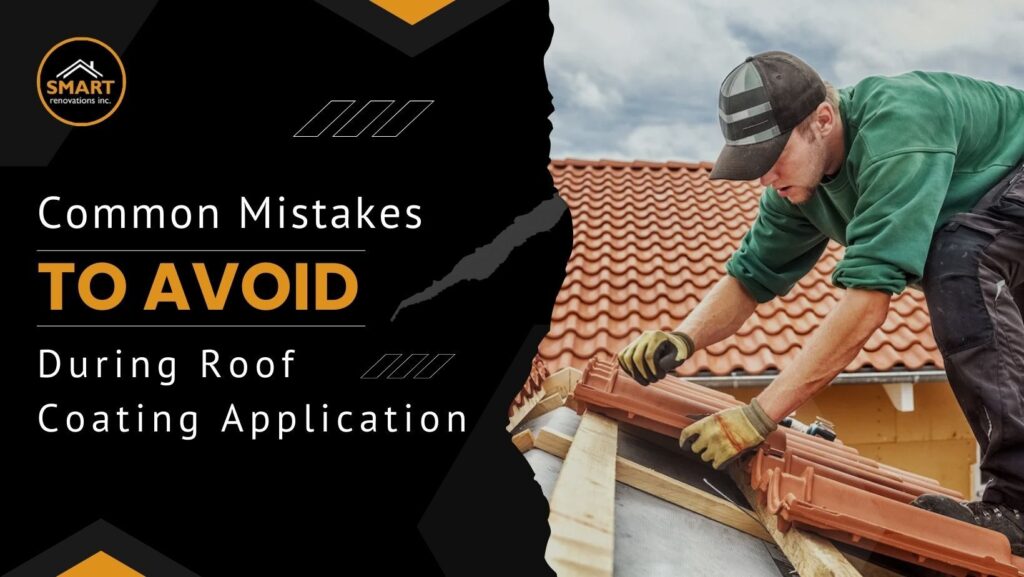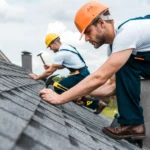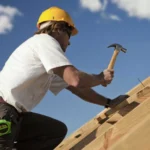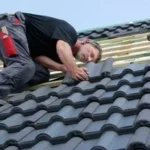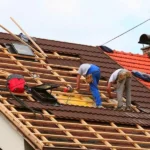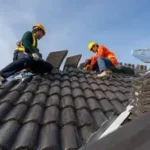Introduction
In the realm of home renovation, roof coating stands out as a critical procedure that can significantly extend the life of your roofing system. Particularly in bustling regions like New York, where the climate can be both forgiving and harsh, proper application of roof coatings is essential. Rubber roofing has gained popularity for its durability and flexibility, yet many homeowners and contractors alike fall prey to common pitfalls during its application. This guide aims to illuminate these mistakes, providing insights on how to achieve a flawless finish for your rubber roofing project.
Understanding Roof Coating
Before we delve into the mistakes to avoid, it’s essential to grasp the purpose and benefits of roof coating. Roof coatings serve as a protective layer that enhances waterproofing, improves energy efficiency, and prolongs the lifespan of the roofing material. Rubber roofing, in particular, is known for its excellent adhesion, elasticity, and resistance to extreme temperatures, making it an ideal choice for flat roofs.
What to Expect During a Roof Replacement and How Long It Takes
Top Roofing Trends Transforming Homes in 2025
Common Mistakes to Avoid
1. Neglecting Surface Preparation
One of the most critical steps in roof coating application is surface preparation. Failing to clean the roof properly can lead to poor adhesion and premature coating failure.
- Solution: Thoroughly clean the roof surface using a pressure washer to remove dirt, debris, and any existing coatings. Allow the surface to dry completely before proceeding.
2. Ignoring Weather Conditions
Weather plays a pivotal role in the success of roof coating application. Applying coatings during unfavorable weather can compromise the integrity of the product.
- Solution: Always check the weather forecast before application. Ideally, choose a day with mild temperatures and low humidity. Avoid application during rain or extreme heat.
3. Using Incompatible Products
Not all roofing coatings are created equal. Using products that are incompatible with rubber roofing can lead to adhesion problems and degradation of the material.
- Solution: Always read the manufacturer’s specifications and ensure compatibility between the rubber roofing and the coating product. Stick to products recommended for rubber roofing systems.
4. Over-Application of Coating
While it may seem logical to apply a thicker layer for better protection, over-application can lead to issues such as peeling, bubbling, and longer drying times.
- Solution: Follow the manufacturer’s guidelines for application thickness. Typically, multiple thin layers are more effective than one thick layer.
10 Best Roofing Companies in the USA for Commercial Projects
5. Neglecting to Repair Existing Damage
Before applying a new coating, it’s vital to assess the roof for any existing damage. Ignoring cracks, blisters, or punctures can lead to further deterioration.
- Solution: Inspect the roof thoroughly and make necessary repairs. Use appropriate sealants or patches to address any damage before proceeding with the coating application.
6. Skipping Primer Application
In many cases, a primer is essential for optimal adhesion of the coating. Skipping this step can result in a less effective bond.
- Solution: Use a primer specifically designed for rubber roofing, ensuring it is applied according to the manufacturer’s instructions.
7. Improper Application Technique
Application technique can significantly impact the finish and durability of the roof coating. Using the wrong tools or methods can lead to uneven coverage.
- Solution: Utilize the appropriate tools, such as rollers or sprayers, for the coating. Follow recommended techniques for even distribution and coverage.
8. Failing to Allow Proper Drying Time
Rushing the application process can lead to disastrous results. Not allowing sufficient drying time between coats can compromise the coating’s performance.
- Solution: Adhere to the drying times specified by the manufacturer. Patience is key to achieving a durable and effective roof coating.
9. Inadequate Ventilation
Poor ventilation during the application process can lead to improper curing and increased risk of moisture entrapment.
- Solution: Ensure adequate airflow around the working area. If working indoors, utilize fans or open windows to enhance ventilation.
10. Ignoring Safety Precautions
Safety should never be an afterthought during any home improvement project. Neglecting safety protocols can result in accidents and injuries.
- Solution: Wear appropriate personal protective equipment (PPE), including gloves, goggles, and masks. Follow all safety guidelines during the application process.
Benefits of Proper Roof Coating Application
Avoiding these common mistakes not only ensures a successful application but also enhances the benefits of your roof coating:
- Extended Lifespan: Properly applied coatings can significantly extend the life of your rubber roofing, saving you money in the long run.
- Improved Energy Efficiency: A well-coated roof reflects sunlight, reducing heat absorption and lowering energy costs.
- Enhanced Waterproofing: A good roof coating provides an additional layer of protection against leaks and moisture infiltration.
Conclusion
As you embark on your rubber roofing New York, awareness of these common mistakes can be your greatest ally. By prioritizing thorough preparation, adhering to manufacturer specifications, and maintaining a focus on safety, you can achieve a successful roof coating application. Smart Renovation Inc is here to guide you through the process, ensuring that your roof remains a steadfast protector of your home for years to come. Make informed decisions, avoid pitfalls, and enjoy the long-lasting benefits of a well-coated roof.
Check our google store: Smart Renovation Inc

